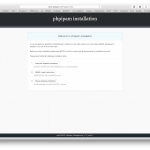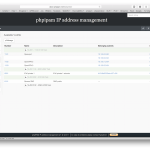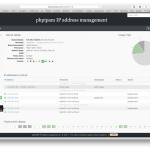The Network as a Complex Distributed System
Through http://blog.ipspace.net I landed on this article on acm.org discussing the complexity of distributed systems. Through some good examples, George Neville-Neil makes it clear that creating and scaling distributed systems is very complex and “any one that tells you it is easy is either drunk or lying, and possibly both”.
Networks are of course inherently distributed systems. Most everyone that has managed a good sized network before knows that like the example in the article, minor changes in traffic or connectivity can have huge implications on the overall performance of a network. In my time supporting some very large networks I have seen huge chain reactions of events based on what appear to be some minor issues.
Very few networks are extensively modeled before they are implemented. Manufacturers of machines, cars and many other things go through extensive modeling to understand the behaviors of what they created and their design choices. Using modeling they will look at all possible inputs and outputs, conditions, failure scenarios and anything else we can think of to see how their product behaves.
There are few if any true modeling tools for networks. We build networks with extensive distributed protocols to control connectivity Continue reading









